Rising Labor Costs
The escalating costs associated with labor are significantly influencing the Lab Automation Software Market. As labor expenses continue to rise, laboratories are compelled to seek solutions that mitigate these costs while maintaining productivity. Automation software offers a viable alternative by reducing the reliance on manual labor for repetitive tasks. This shift not only lowers operational costs but also allows skilled personnel to focus on more complex and value-added activities. Recent analyses suggest that laboratories can save up to 25% in labor costs by implementing automation solutions. Consequently, the Lab Automation Software Market is likely to experience sustained growth as organizations prioritize cost-effective strategies to enhance their operational frameworks.
Advancements in Technology
Technological advancements play a pivotal role in shaping the Lab Automation Software Market. Innovations such as machine learning, artificial intelligence, and cloud computing are revolutionizing laboratory operations. These technologies enable laboratories to analyze vast amounts of data efficiently, leading to more informed decision-making. For example, the integration of AI in automation software can enhance predictive analytics, allowing laboratories to anticipate equipment failures and optimize maintenance schedules. As a result, the Lab Automation Software Market is poised for growth, with projections indicating a compound annual growth rate of over 10% in the coming years. The continuous evolution of technology not only enhances operational efficiency but also opens new avenues for research and development.
Increased Demand for Efficiency
The Lab Automation Software Market experiences a notable surge in demand for efficiency across various laboratory settings. As laboratories strive to enhance productivity and reduce operational costs, automation software emerges as a pivotal solution. According to recent data, laboratories that implement automation can achieve up to a 30% increase in throughput. This trend is particularly pronounced in sectors such as pharmaceuticals and biotechnology, where the need for rapid results is paramount. Consequently, the Lab Automation Software Market is witnessing a robust growth trajectory, driven by the imperative to streamline workflows and minimize human error. The integration of automated systems not only accelerates processes but also ensures consistent quality, thereby reinforcing the industry's appeal to stakeholders seeking competitive advantages.
Growing Focus on Data Management
The increasing emphasis on data management is a significant driver within the Lab Automation Software Market. As laboratories generate vast amounts of data, the need for effective data handling and analysis becomes paramount. Automation software provides robust solutions for data collection, storage, and analysis, enabling laboratories to derive actionable insights from their data. This trend is particularly relevant in research-intensive environments, where data integrity and accessibility are crucial. The Lab Automation Software Market is expected to expand as organizations recognize the value of data-driven decision-making. With an estimated 50% of laboratories reporting challenges in data management, the demand for automation solutions that streamline these processes is likely to grow, further enhancing market dynamics.
Regulatory Compliance and Quality Assurance
Regulatory compliance remains a critical driver within the Lab Automation Software Market. Laboratories are increasingly required to adhere to stringent regulations and quality standards, particularly in sectors like healthcare and pharmaceuticals. Automation software facilitates compliance by providing comprehensive data management and traceability features. For instance, automated systems can generate detailed reports and maintain audit trails, which are essential for meeting regulatory requirements. The Lab Automation Software Market is thus positioned to grow as organizations prioritize quality assurance and risk management. With an estimated 40% of laboratories facing challenges in compliance, the demand for automation solutions that simplify these processes is likely to rise, further propelling market expansion.


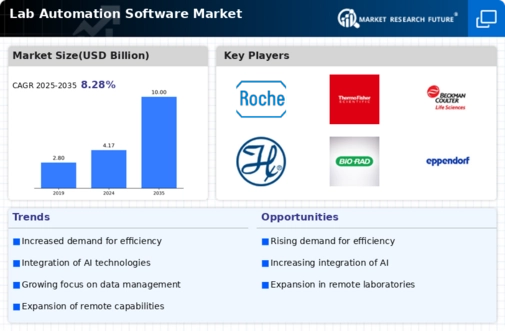
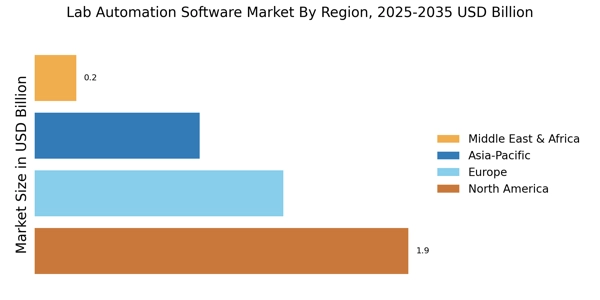

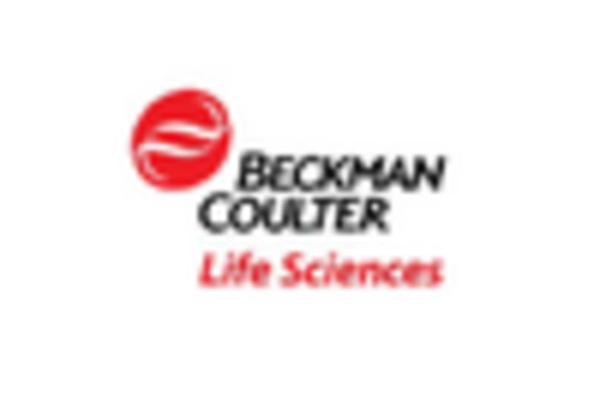
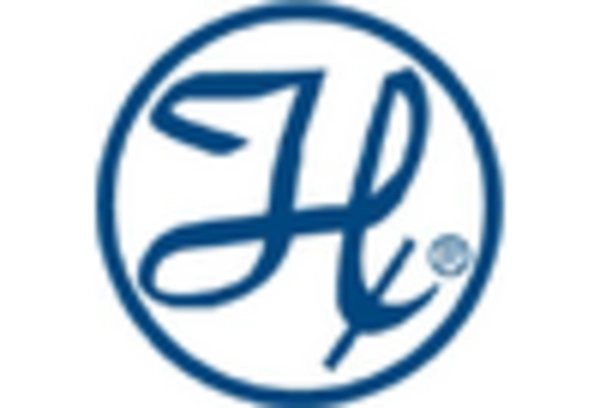
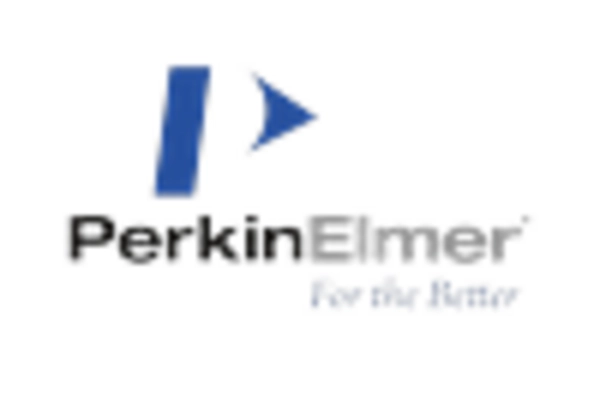
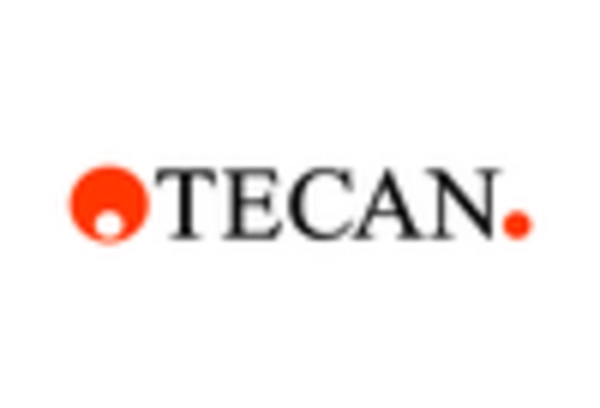









Leave a Comment